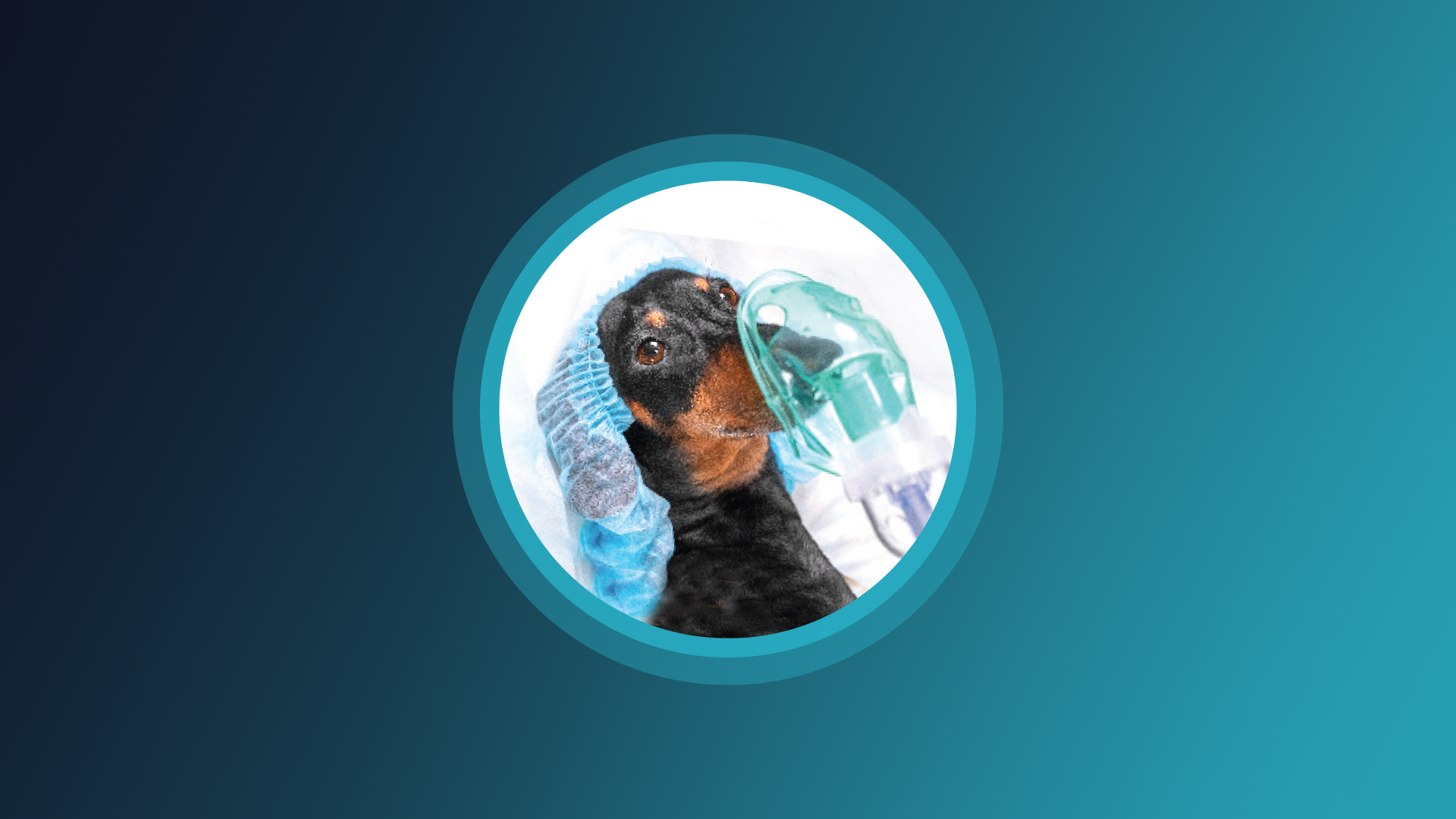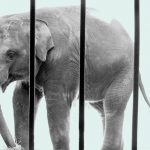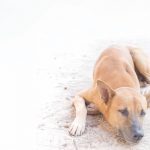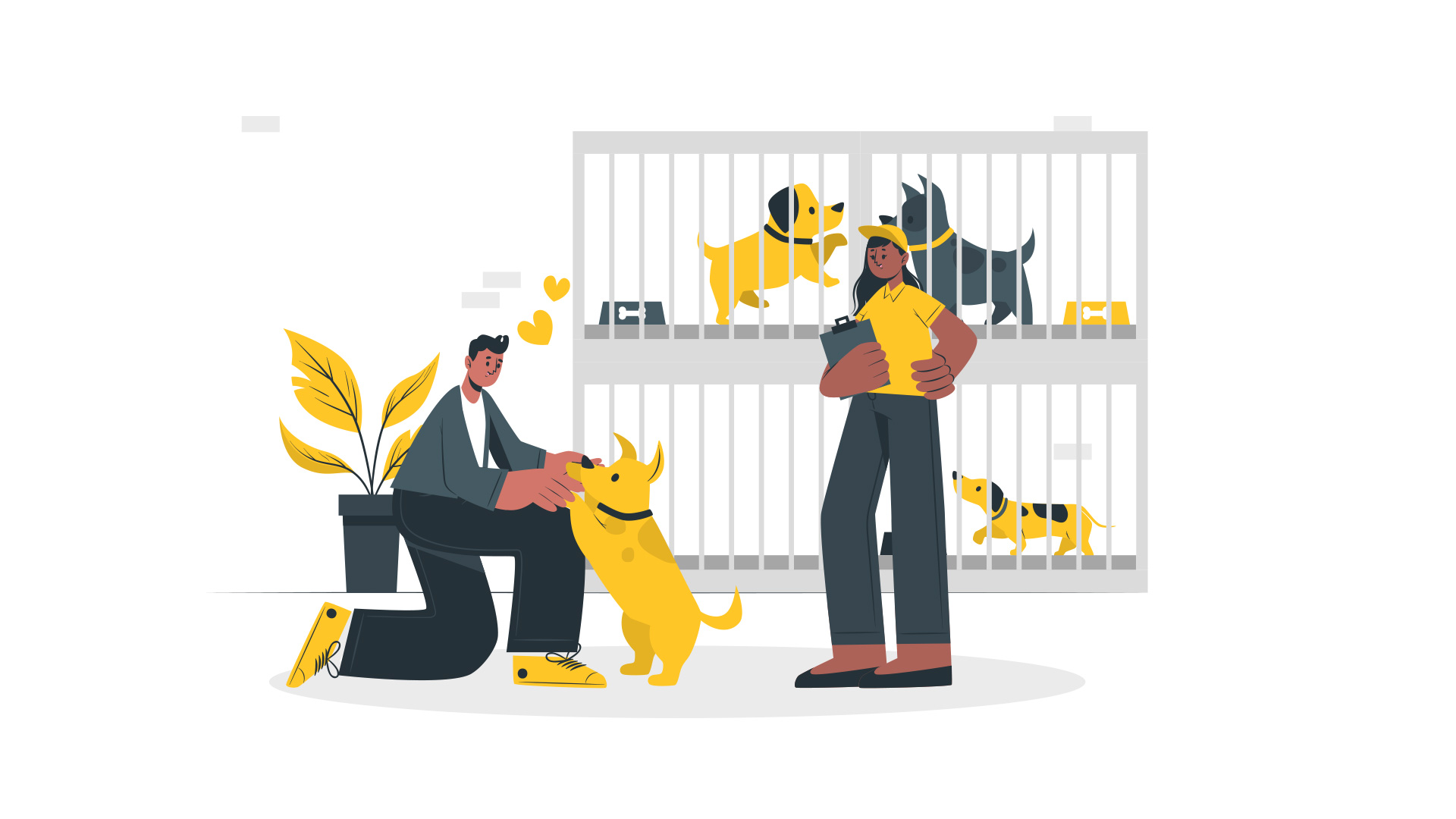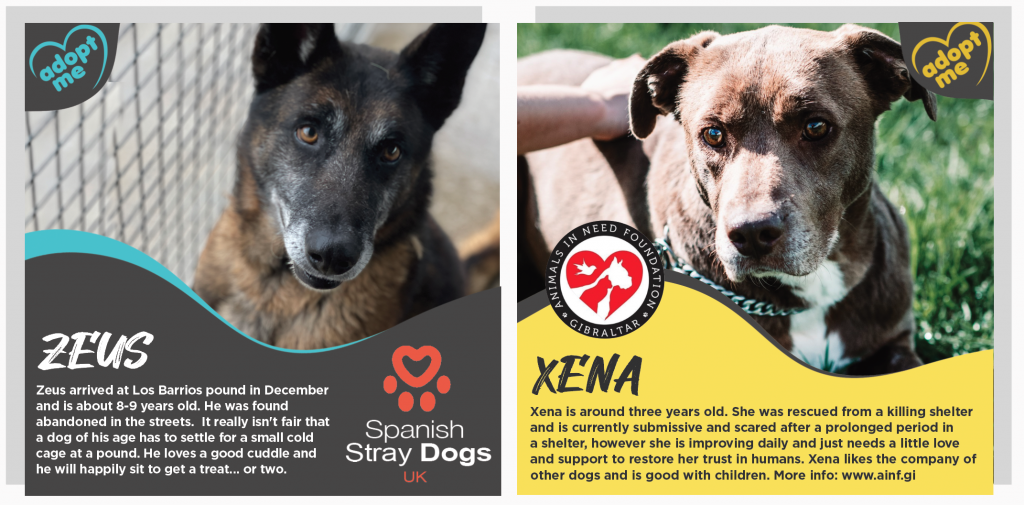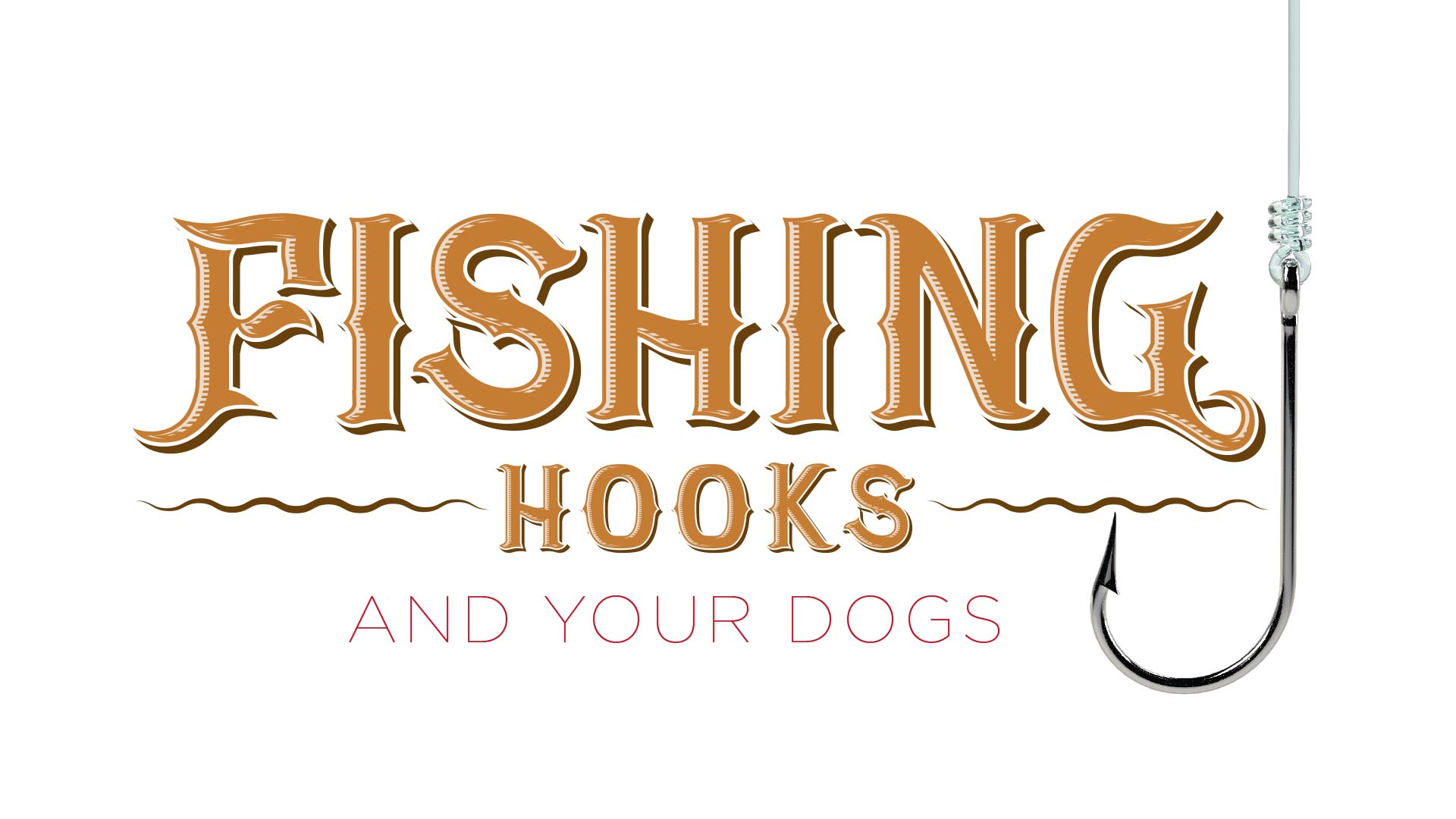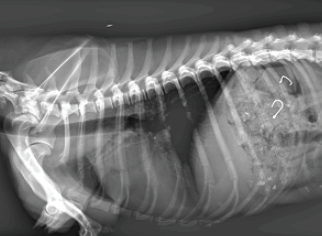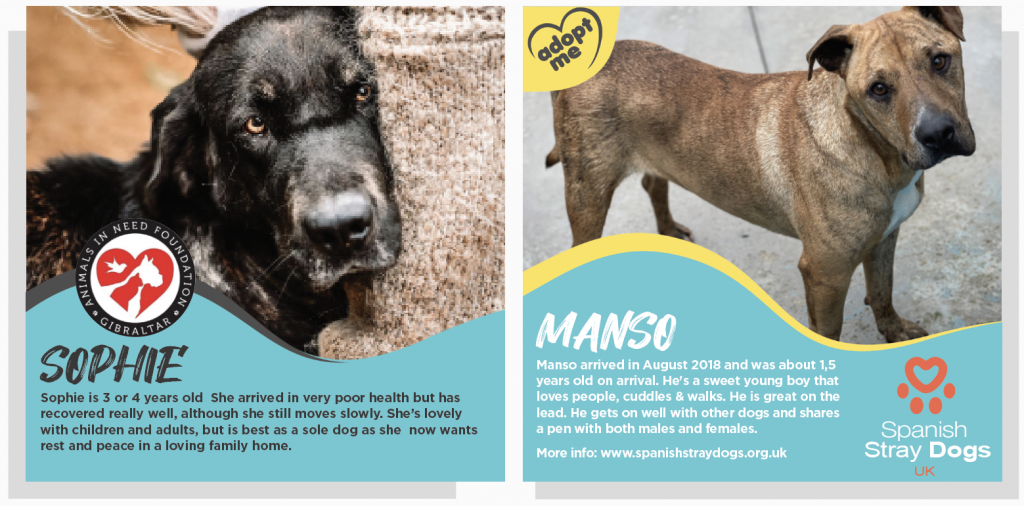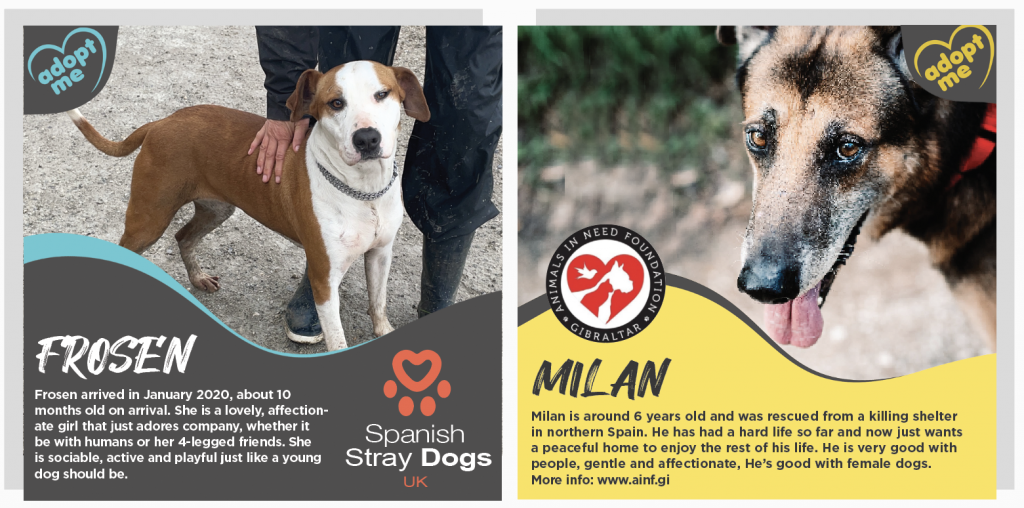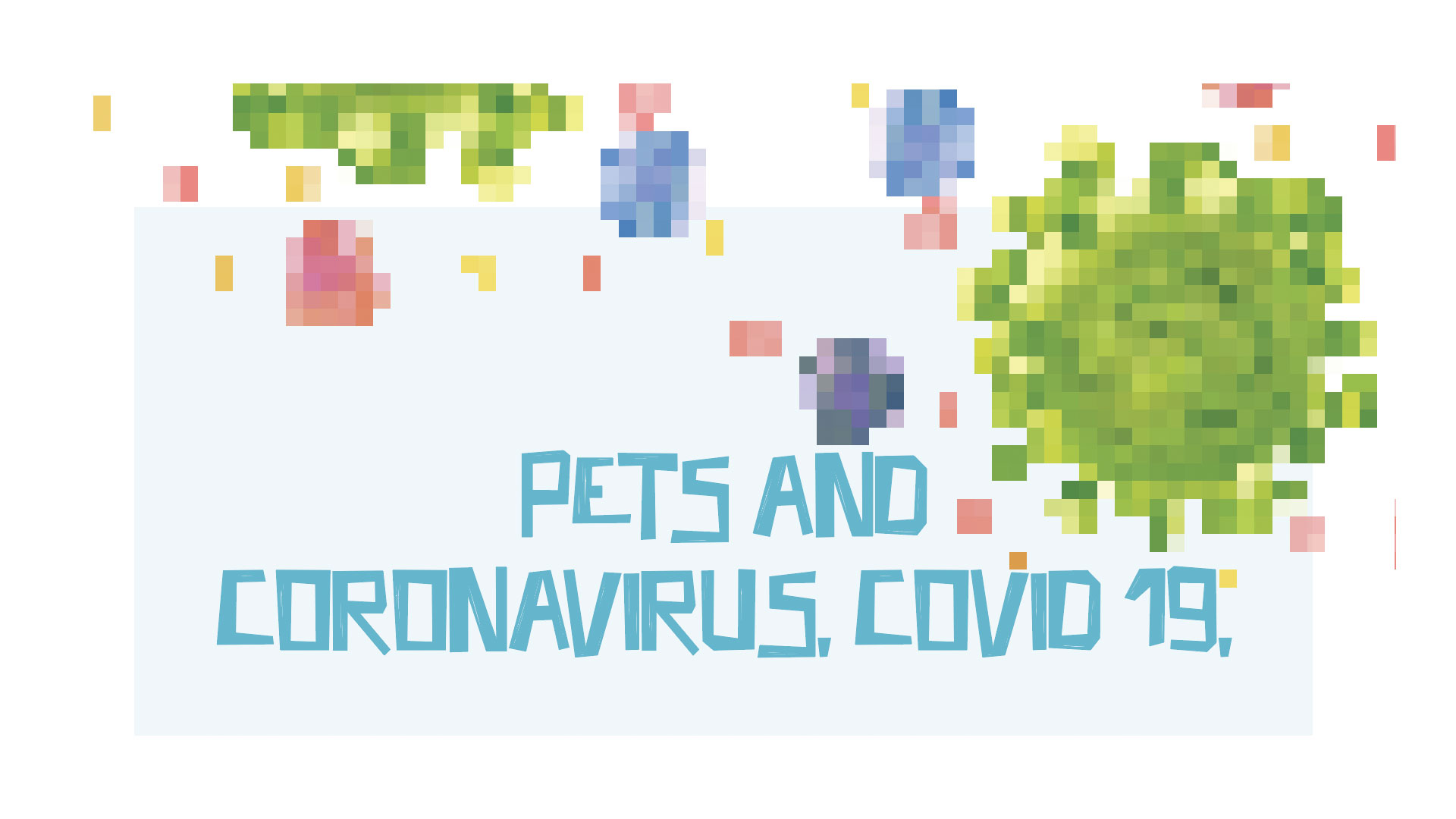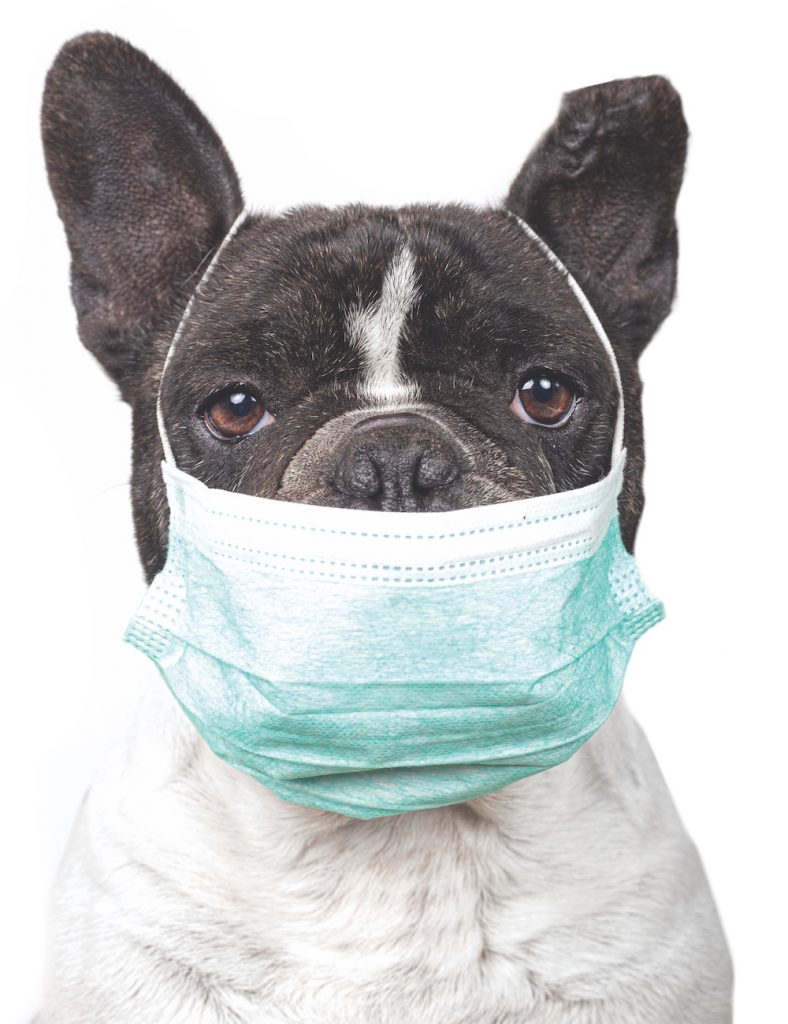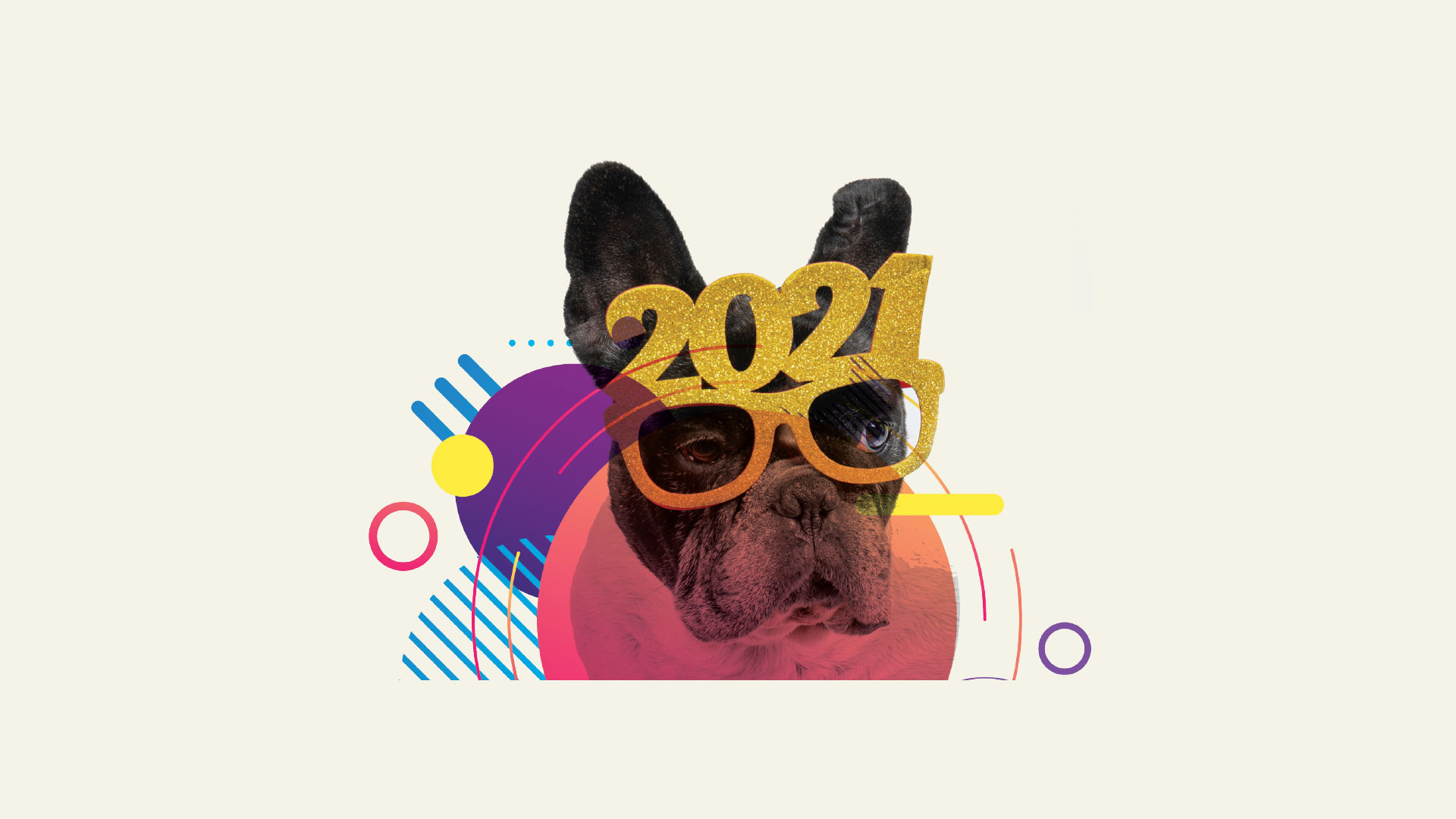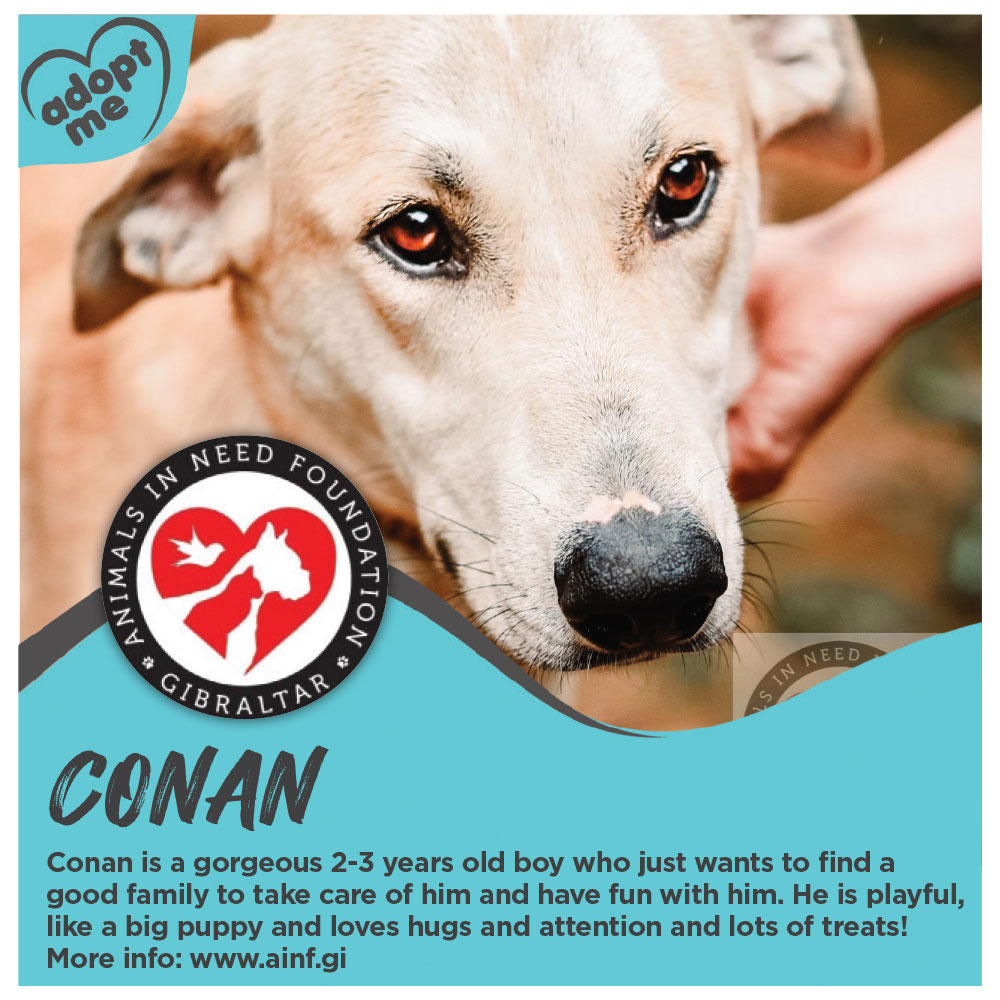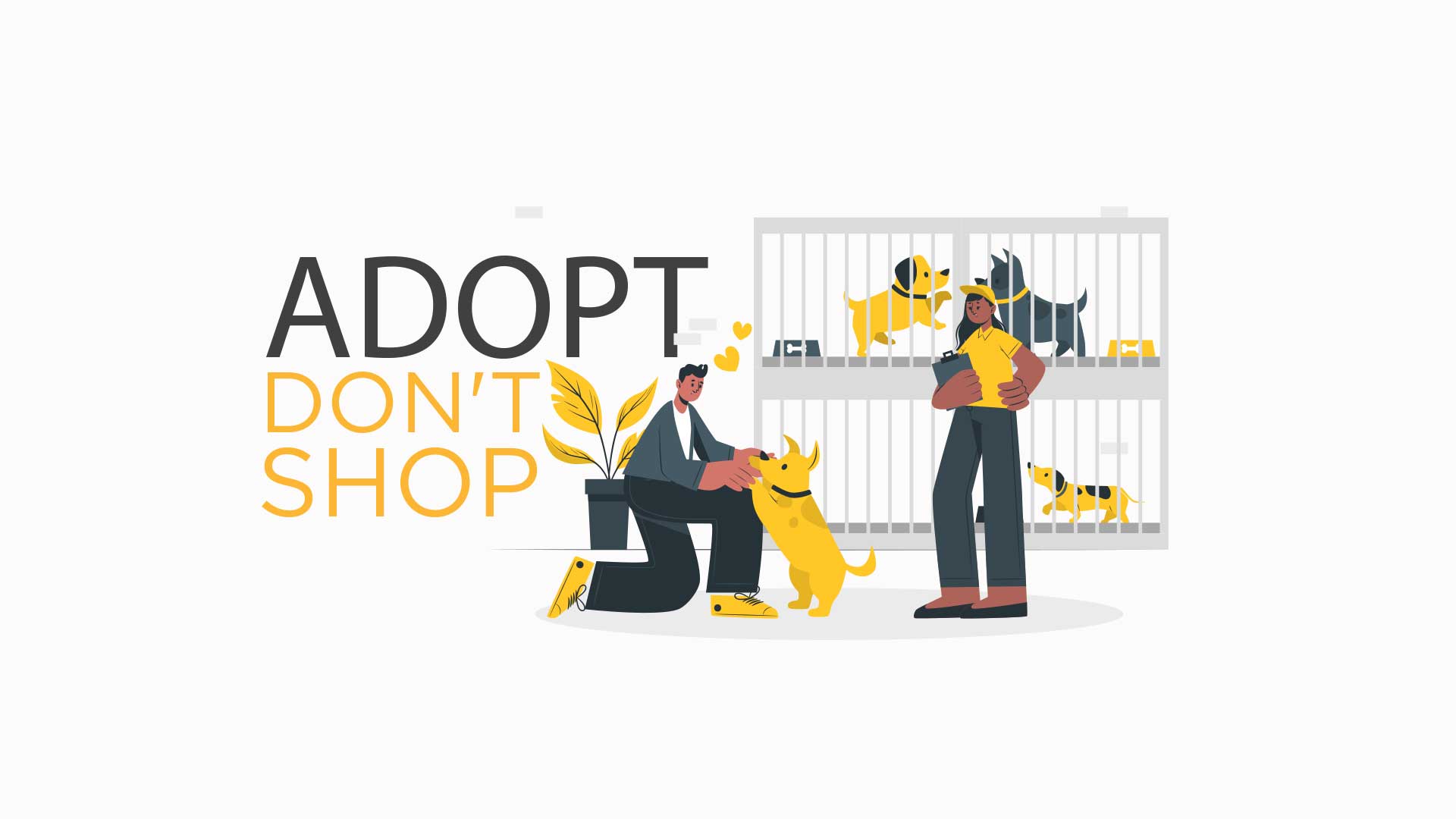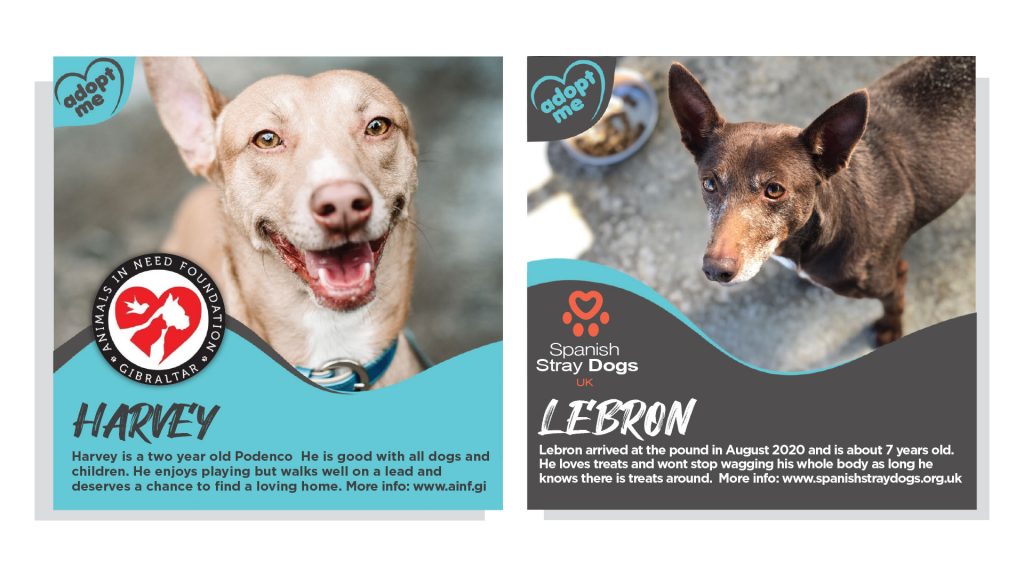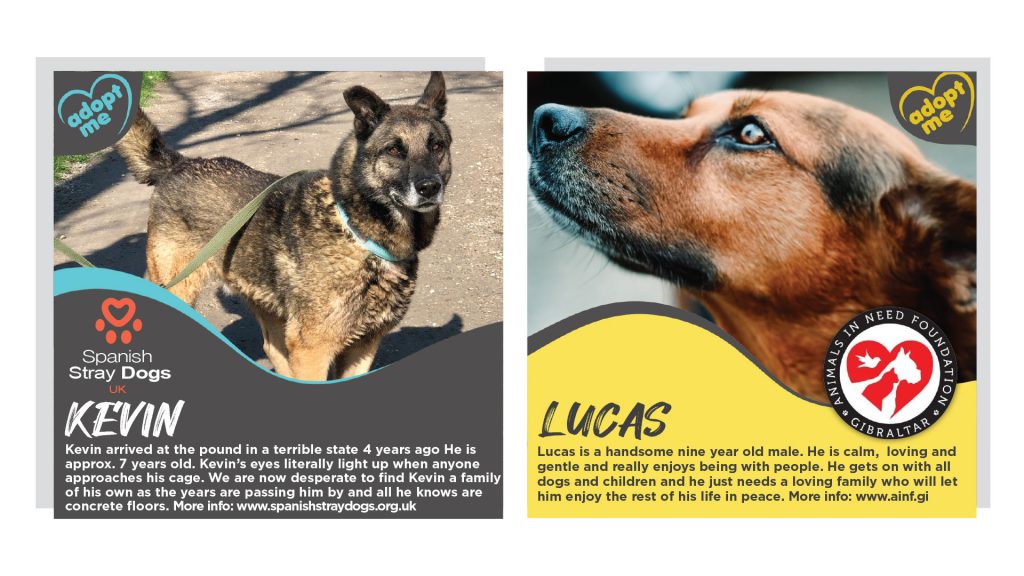Anaesthesia and your pets
Justifiably clients are always worried about putting their animal under anaethesia, this article is geared to hopefully reassure clients and to show how veterinary medicine has grown in leaps and bounds to reduce anaethetic risk to your pet.
Animals live for a comparatively short time , they have to compress the equivalent of our 70/80 years into around 15 years. The majority of us will undergo a surgical procedure at some point of our lives, the equivalent is the same for our pets.
Pre-anaethetic checks?
All our animals are thoroughly checked prior to anaethesia. Vaccine history, lifestyle, and any medications all influence how your pet may respond to anesthesia. We recommend a pre-surgical examination and diagnostic tests that help identify any underlying conditions that should be addressed before your dog undergoes anesthesia.
Recommended diagnostic tests usually include:
Chemistry tests to evaluate kidney, liver, and pancreatic function, as well as sugar levels
A complete blood count (CBC) to rule out blood-related conditions
Electrolyte tests to ensure your dog isn’t dehydrated or suffering from an electrolyte imbalance
Additional tests may be added on an individual basis.
In addition to blood tests, we may recommend the following:
The placement of an intravenous (IV) catheter as part of the anesthetic preparation. The catheter can be used to provide anesthetics and intravenous fluids to keep your pet hydrated; additionally, if needed, it would serve as a pathway to directly administer life-saving medications, should a crisis arise.
ntravenous fluids to help maintain hydration and blood pressure. IV fluids also help your pet with her recovery process by aiding the liver and kidneys in clearing the body of anesthetic agents more quickly.
How your dog is monitored during anesthesia?
Several safeguards are put into place to help reduce your dog’s risk during anesthesia.
They include:
The surgical assistant/veterinary nurse: A nurse or assistant is present during the anesthetic event to monitor your dog’s vital signs and to help adjust anesthetic levels, under the direction of the veterinarian.
A heart rate monitor counts your pet’s heartbeats per minute. Anesthesia and other factors, such as surgery itself, can affect heart rate. By monitoring your dog’s heart rate, your veterinarian can make anesthetic adjustments quickly.
An electrocardiogram (ECG) monitors your dog’s heart rate and heartbeat pattern. It can detect abnormal heartbeats called arrhythmias. If an arrhythmia is detected, your veterinarian can make suitable changes in anesthesia.
Core body temperature may be monitored, especially if your dog is undergoing a prolonged surgical procedure. Changes in body temperature can cause dangerous complications.
A blood pressure monitor measures your dog’s blood pressure. When used in conjunction with other monitoring equipment, it provides detailed information on your pet’s cardiovascular condition.
Pulse oximetry will be used to monitor the amount of oxygen in your dog’s blood and her pulse rate. Any decreased oxygenation of the blood for a prolonged period can cause irreversible organ damage.
Carbon dioxide (C02) is monitored together with oxygen, as it helps determine if your pet is receiving the right amount of oxygen during anesthesia.
Monitoring after surgery
Immediate care post surgery is just as crucial. After all surgeries our team closely supervises your pets, any postoperative complications, rare as they are, are picked up promptly. Recent improvements in anesthetic agents allow for a quick recovery, and your pet should almost be back to normal when you pick it up after the anesthetic event. It will be quiet for some time after the surgery but this is mainly dependent on what procedure it has undergone, for example a castrated dog will recover a lot faster than one that has gone through a laparotomy.
IN SUMMARY
All the above is possible due to serious investment by the clinic where we are constantly upgrading the quality and care provided to our clients. Your pet’s safety during surgical procedures is paramount; a nurse is always assisting, monitoring the animal so that the veterinary surgeon can concentrate on the surgery. Our new anaesthetic machine will measure the concentration of exhaled anaethetic gases and will also ventilate your pet to give your treasured friend that extra level of protection. Anaethesia should not be taken lightly, there is always a small risk but this is mitigated by the quality of care.

